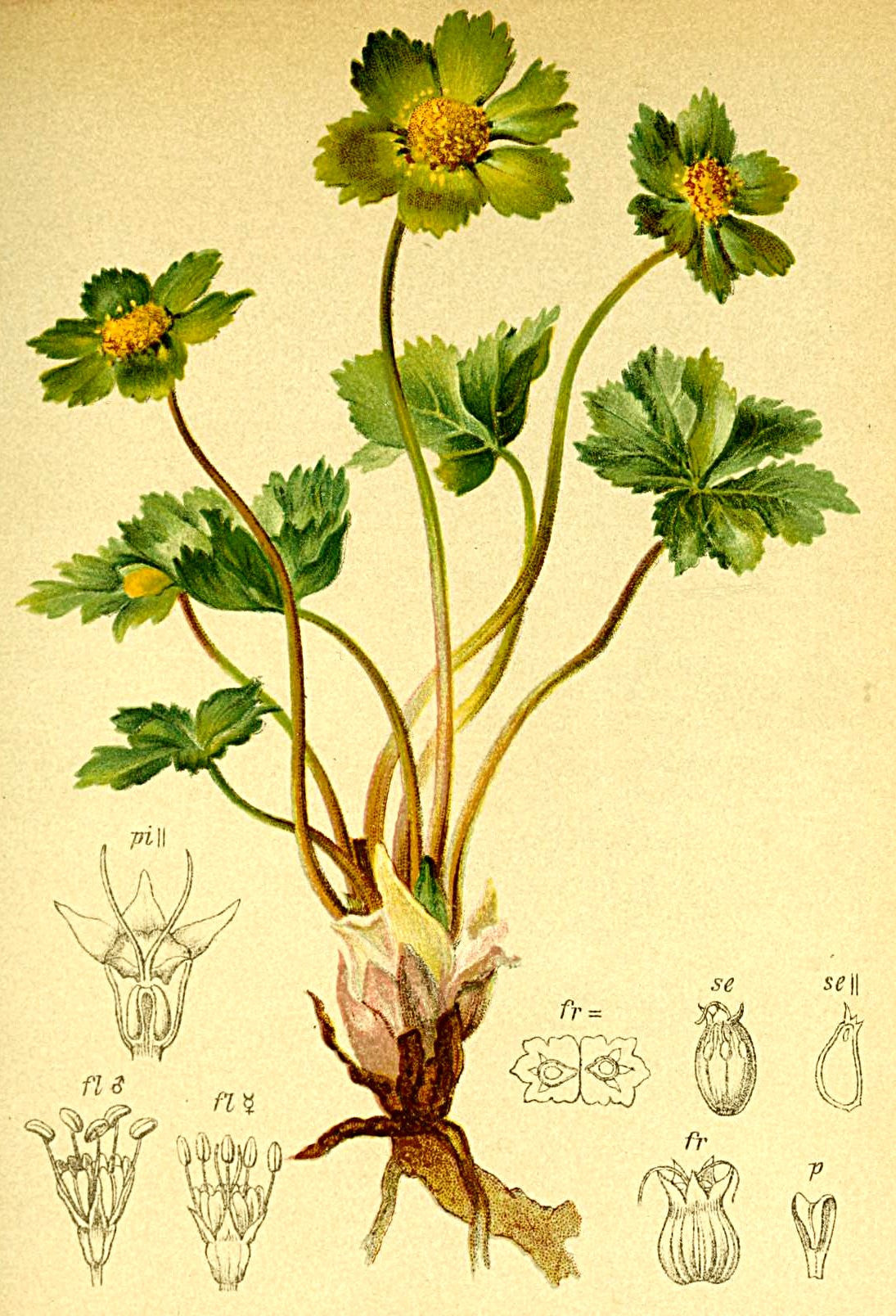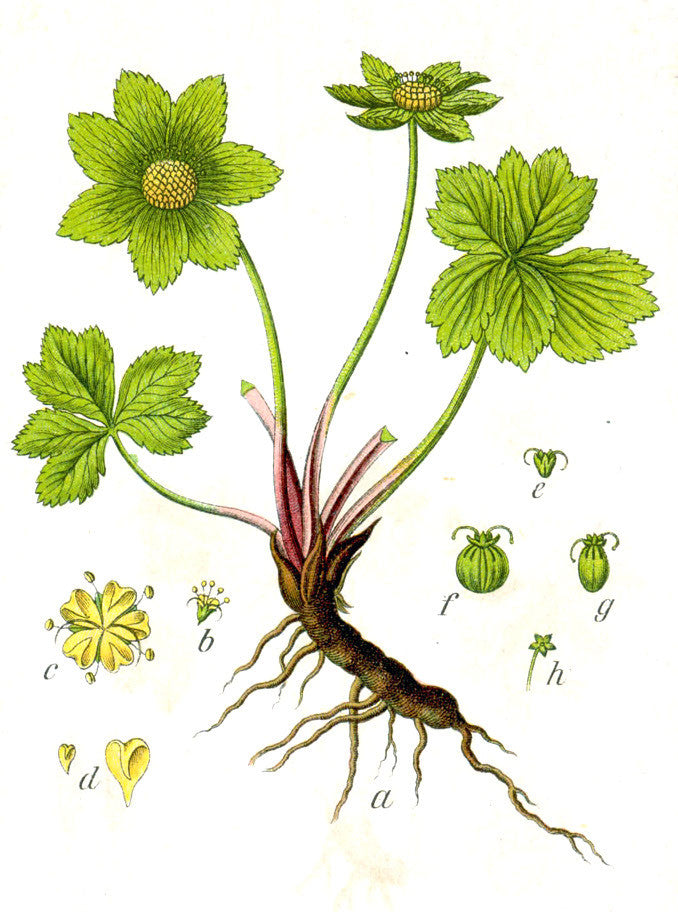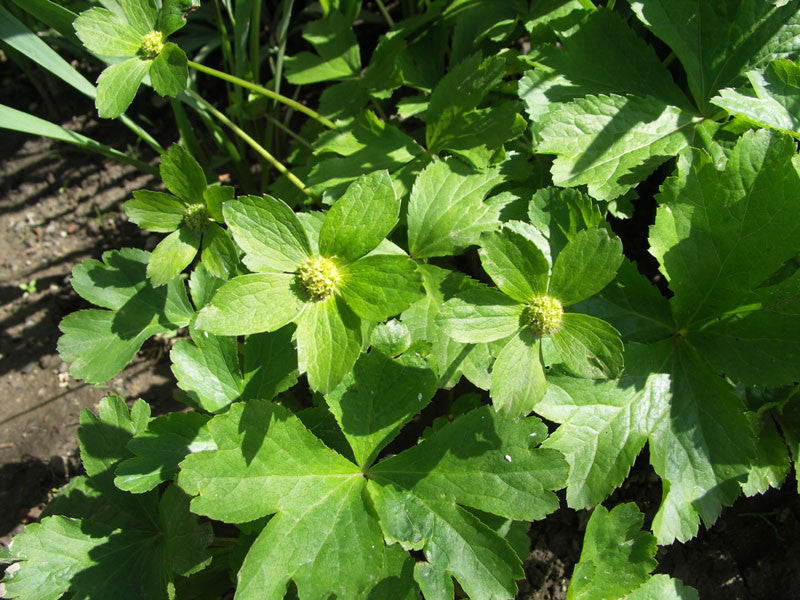Hacquetia epipactis
Approx. 0.5 litre pot
About this cultivar:
Hacquetia epipactis is a plant with no comparables. Early spring yellow stars followed by leathery lobed green leaves in a dense low mound. It is the early yellow flowers that steal the show in part because they have so little competition at that time of year and in part because they are so unique. As the season progresses, the yellow bracts turn to lime green and look like perfect green flowers well into summer.
- Position: Partial shade, full shade
- Soil: Almost any soil, grows well in Ballyrobert
- Flowers: January, February, March
- Other features: Grows well in Ballyrobert, Royal Horticultural Society Award of Garden Merit (RHS AGM), Dappled Shade or Full Shade Loving, Woodland Plant
- Hardiness: Fully hardy - grows well in Ballyrobert!
- Habit: Clump forming
- Foliage: Deciduous
- Height: 5 - 20 cm (0.15 - 0.6 ft)
-
Spread: 5 - 20 cm (0.15 - 0.6 ft)
- Time to full growth: 5 to 10 years
- Plant type: Herbaceous Perennial
- Colour: Green, yellow
- Goes well with: Narcissus and Scilla. Try them with miniature Iris, Muscari, some Pulmonaria, and even Ophiopogon.
About this genus:
Hacquetia (hak-kwet-e-a), named after the Austrian-German botanist Belsazar Hacquet,really means Hacquetia epipactis; because the genus only has one species! Hacquetia epipactis (syn. Dondia epipactis Spreng.) is a flowering plant of the carrot family (Apiaceaer or Umbelliferae) native to moist, shady woodland habitats in Europe. It is a rhizomatous, clump-forming herbaceous perennial, growing to only about 5–15 cm in height. The name epipactis comes from a Greek word for plants thought to curdle milk!
Hacquetia is very hardy and widespread in mountainous regions of Central Europe. It grows on woodland edges, often in association with Hellebores. At Ballyrobert it grows anywhere that isn't watterlogged.
One of the earliest of all herbaceous perennials to flower, it is especially striking in the garden. First come the yellow 'flowers'. which are actually bracts that form a protective platform for the masses of mini-flowers that make up the central bouquet. The colour of the bracts slowly changes to a bright glowing lime. When the show has ended the dark-green clumps of foliage form a good foil for other early bulbs such as Narcissus and Scilla. Often planted in shade you can also use Hacquetia in other parts of the garden that won't become an oven in the summer (rare at Ballyrobert!). Try them with miniature Iris, Muscari, some Pulmonaria, and even Ophiopogon.






